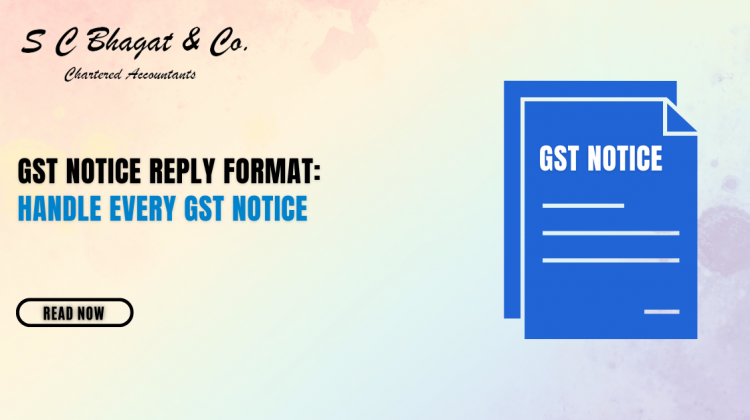GST notices are official communications issued by GST authorities to address various issues related to taxpayer compliance with GST laws. These notices serve several purposes, including reminding taxpayers of defaults, seeking additional information, or addressing specific concerns raised by tax authorities.
For instance, GST notices may be issued in cases where transactions have occurred without proper taxation, or when taxpayers exhibit suspicious behavior that warrants investigation. These decisions by GST authorities are often based on data from government departments or third-party sources. Responding to these notices is essential, and understanding the appropriate GST notice reply format is crucial.
Depending on the nature and gravity of the issue, these notices may go by different names such as show cause notices (SCN), scrutiny notices, or demand notices. Some common reasons for receiving GST notices include failure to register under GST when required, delayed or missed GST return filings, incorrect GST payments, overclaiming input tax credits, and more. It’s crucial to respond to these notices within the specified timeframe; failure to do so can lead to legal consequences, including penalties.
To provide some relief to taxpayers, the authorities issued Notification No. 13/2022, extending the time limit under Section 168A until September 30, 2023. This section allows tax officers to issue demand orders for unpaid or underpaid taxes, interest, fees, and penalties in non-fraud cases. Additionally, the period from March 1, 2020, to February 28, 2022, is excluded when calculating the limitation period for issuing a demand order under this provision.
Here are the top ten common reasons for receiving a GST Notice:
- Late or non-filing of GST returns (the most common reason).
- Providing inadequate or incorrect documentation during GST registration.
- Request for the revival of a suspended GST number.
- Discrepancies between purchase invoices and the GSTR 2A report on the GST Portal.
- Incorrect input tax credit claims in returns.
- Non-payment of taxes.
- Mismatch between GSTR1 invoices and e-Way Bill details.
- Requests for ITC credit refunds.
- Operating without GST registration despite exceeding the turnover threshold.
- Sales with incorrect GST rates.
The ASMT-10 GST Scrutiny Notice is a critical form in this context. It informs taxpayers about discrepancies in their GST return, including any tax, interest, and penalty owed. Responding to this notice requires using Form ASMT-11.
While there is no specified time limit for receiving a scrutiny notice, taxpayers must respond within 30 days of issuance or request an extension of up to 15 days.
In the response, taxpayers must provide essential information such as their GSTIN, name, address, and tax period. They should detail any observed discrepancies and include the tax officer’s information, including DIN, name, signature, and designation.
Failure to respond to GST notices within the specified time frame can result in penalties and further legal actions. To streamline the process, taxpayers can authorize a representative or chartered accountant to respond to GST notices on their behalf using a GST Letter of Authorization.
In conclusion, handling GST notices is a vital aspect of GST compliance. It’s crucial to respond promptly and correctly using the prescribed GST notice reply format. To minimize the risk of facing GST audits or additional complications, it’s advisable for taxpayers to maintain thorough records and consider using GST audit tools to identify and rectify errors proactively. Staying compliant with GST laws is the best way to avoid GST-related challenges.

